Hell’s Angels (1930)
“Life’s short — and I want to live while I’m alive!”
|
Synopsis: |
|
Genres, Themes, Actors, and Directors:
Review: Hell’s Angels has a truly infamous production history, and TCM’s article provides plenty of behind-the-scenes information about the film:
Given this decidedly rocky trajectory, it’s impressive that the film coheres as well as it does — though it’s not exactly seamless. Opening scenes featuring Lyon bowing out of a duel with the husband (Lucien Prival) of a woman he’s been having an affair with — and Hall taking his place — are atmospherically filmed but don’t do much for the storyline other than present the brothers as a caddish coward (Lyon) and a foolish martyr (Hall). Meanwhile, 18-year-old Harlow’s performance isn’t nearly as bad as accounts would lead you to believe; it’s easy to see how she turned into one of cinema’s most alluring sirens. The best aspect of the film by far, however, are the stunning aerial “dog fights”, shot at great cost (both literally, and in terms of human lives lost). Also notable is a sequence in which German dirigible crew members are ordered to jump to their deaths in order to “lighten the load”; this is, as DVD Savant writes, a “disturbing and macabre scene.” Note: This film’s production was a major narrative component in Martin Scorsese’s The Aviator (2004), a biopic about Hughes starring Leonardo DiCaprio. Redeeming Qualities and Moments: Must See? Links: |
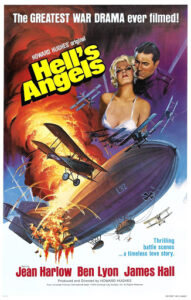

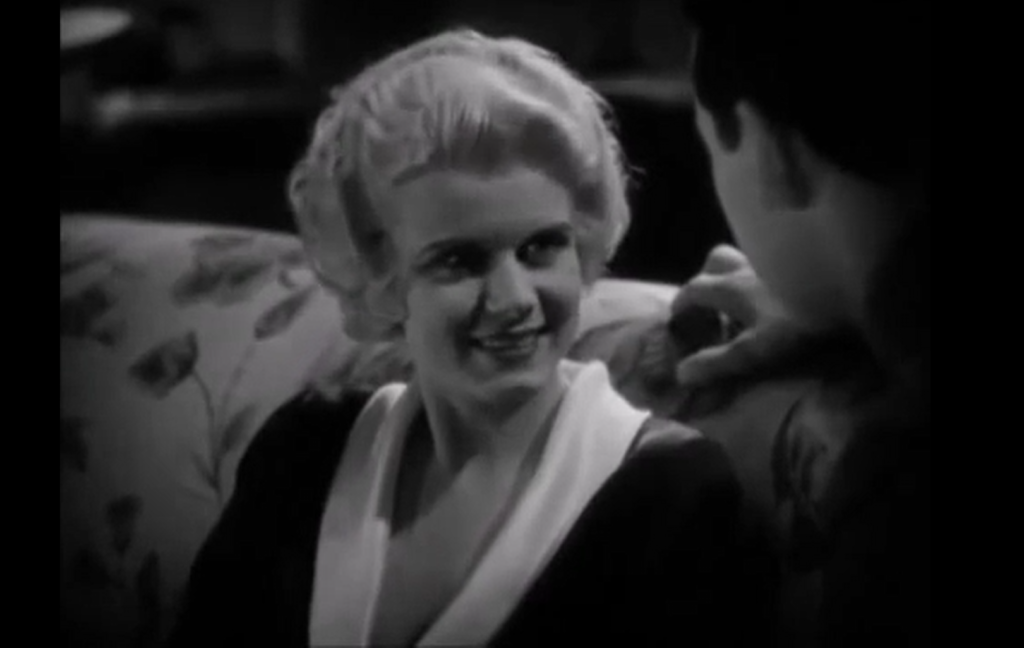
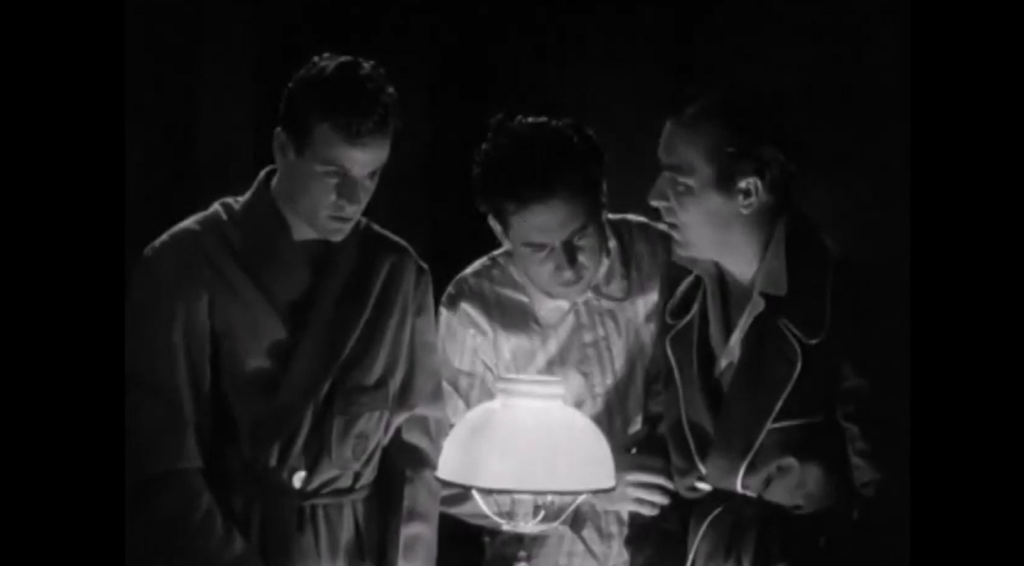
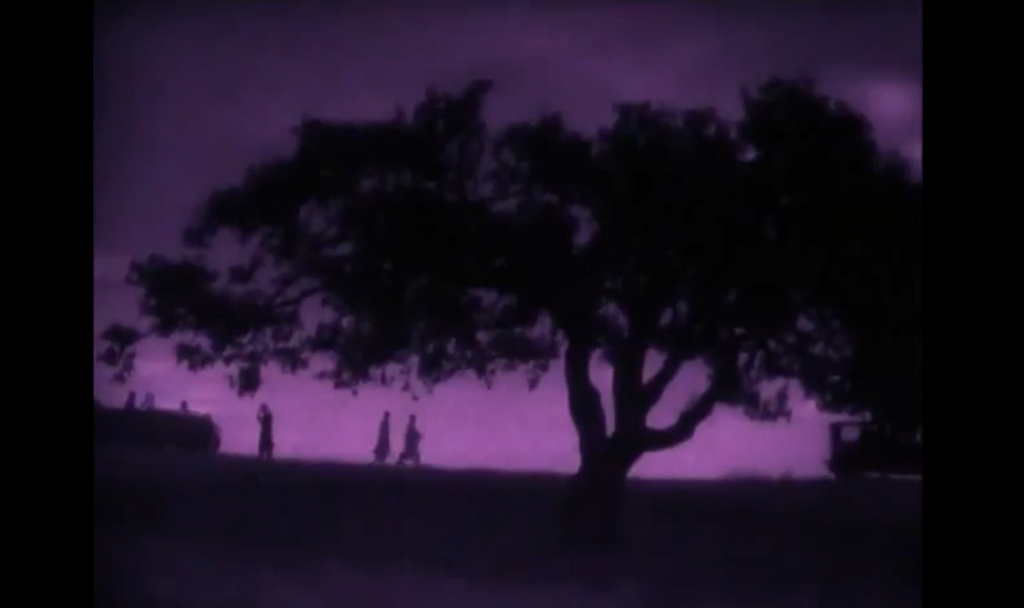
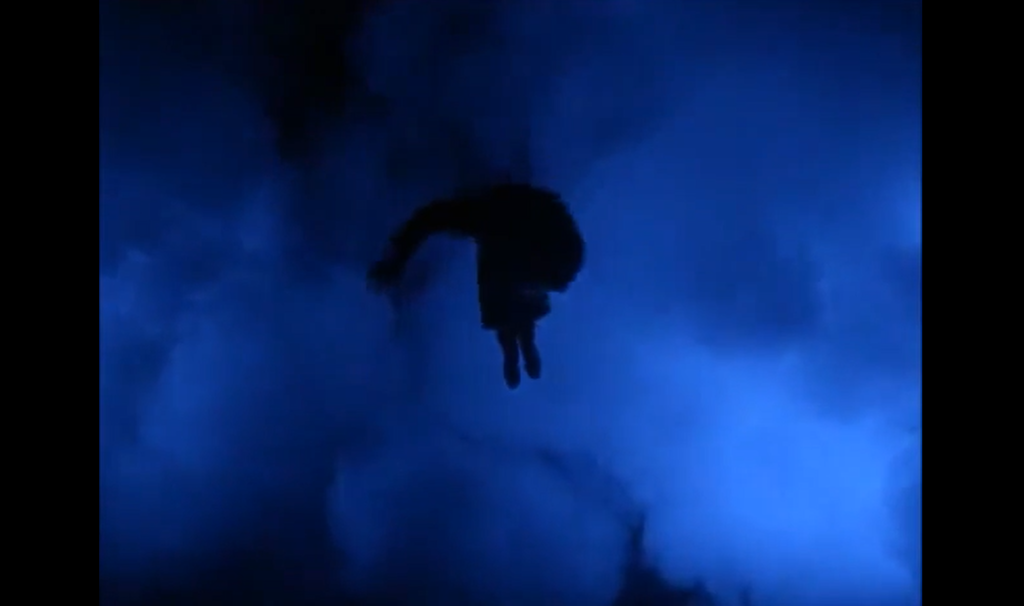

2 thoughts on “Hell’s Angels (1930)”
Not must-see – though some will be curious because of the aerial sequences.
The first 40 minutes are rather dreary – focused as they are on dull ‘love stuff’. But that section and the other non-aerial scenes at least benefit (in terms of energy) from what is apparently direction by James Whale (credited with “staging the dialogue”… in other word, directing) and there’s certainly the feel of Whale in these scenes, as opposed to Hughes – who was clearly more interested in the planes.
All told, it’s not as powerful a film as it probably wanted to be. The (in)famous in-flight photography (which there’s a little too much of) doesn’t end up making this a better film.
Some momentum is gained as the plot moves toward its conclusion but this is an uneven work.
In agreement re: the “dirigible death drop” scene – it is certainly “completely eerie”.
Not must see – sort of seems like several different films in one (which makes sense knowing the history of the film). I am glad I got to see it after knowing how much of “The Aviator” devoted to it. I liked much of the air sequences, but the romance comes out from a different movie. I also may have changed the dialog of the German parts differently than having silent movie story boards while hearing their native language – real subtitles would’ve been better. An interesting curio worth seeing, but middle of the road in recommending it.